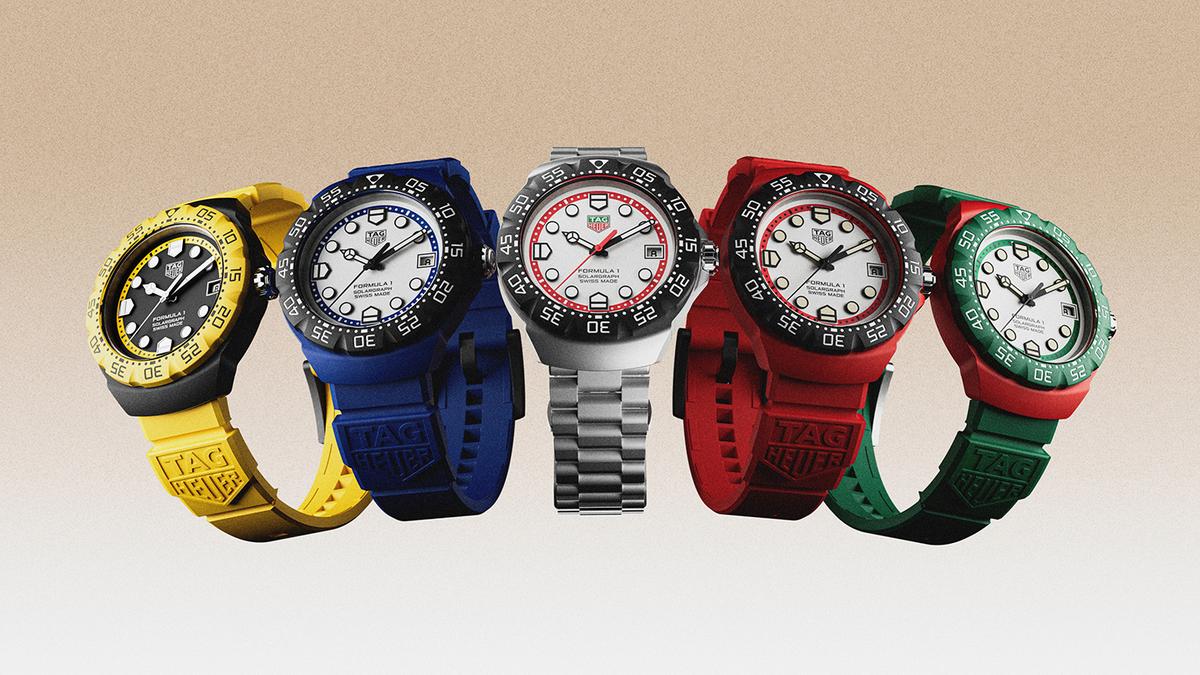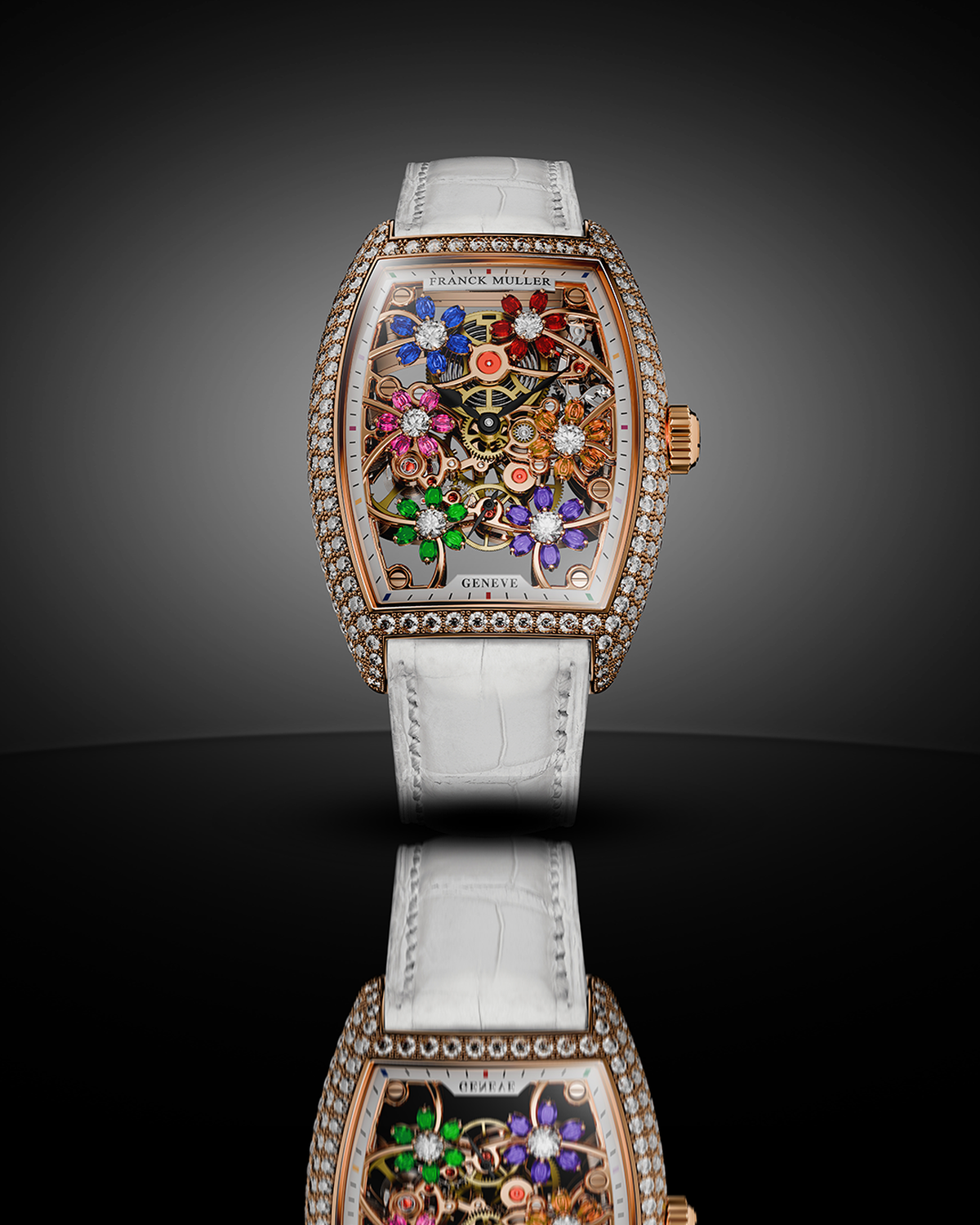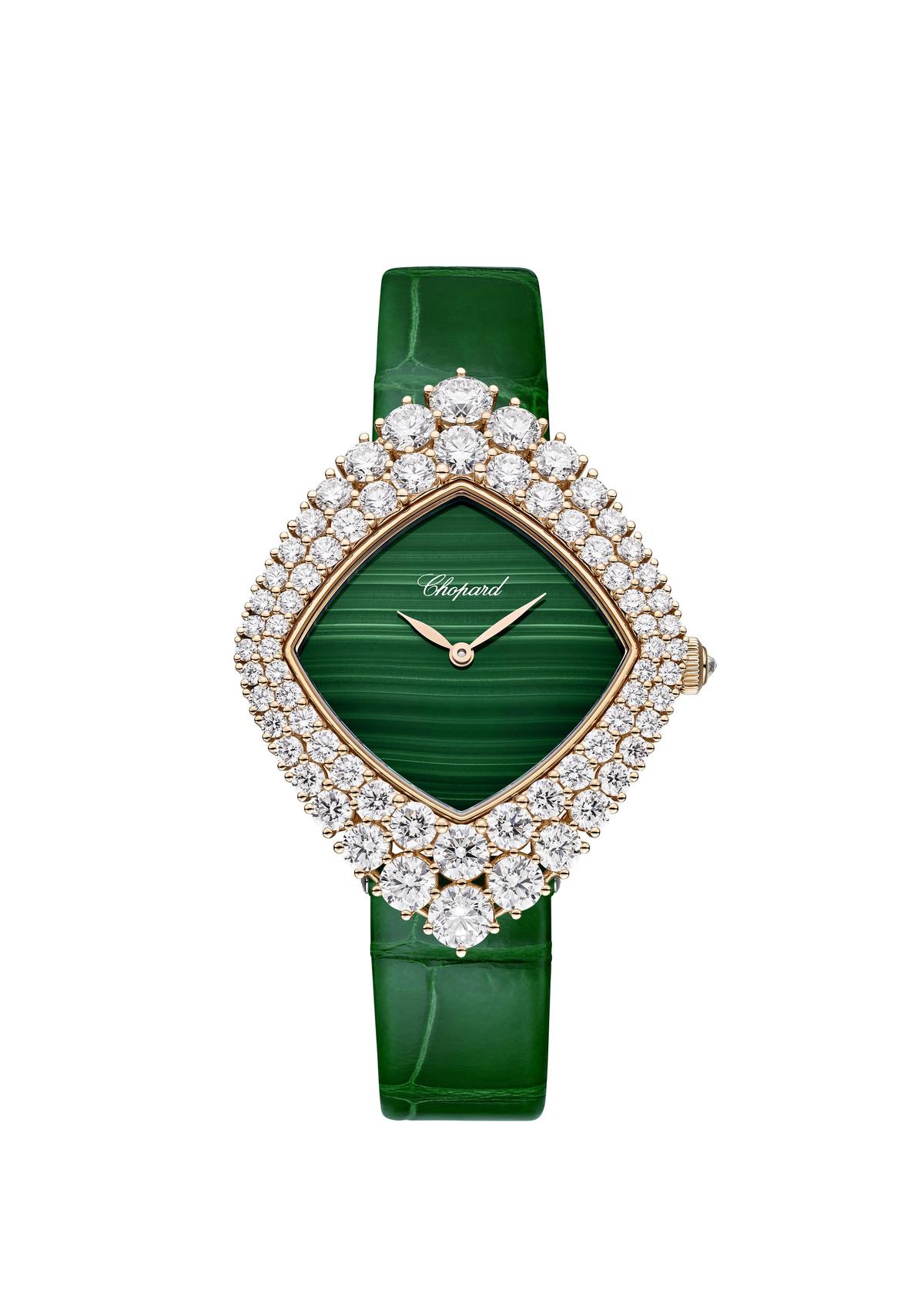The luxury watch industry is on a sticky wicket. After two years of stupendous global sales growth backed by post-COVID revenge shopping, the industry fell back a bit last year — approximately 3% by sales revenue and almost 10% by units sold. Clearly, brands are selling more expensive products and increasing prices. Watch prices over the past three years have outperformed even some of the stock markets.
Now that premiums have corrected to some extent from the post pandemic highs, the key concerns facing the industry remain: a persistently strong Swiss franc, and President Trump’s sudden announcement (during the fair) to raise tariffs to 31% on Swiss import — sending the luxury sector into a tizzy. The US has not only been the biggest market for luxury watches, it has also delivered excellent growth over the past three years. No wonder, the industry is worried.
Oyster Perpetual Datejust 31
| Photo Credit:
Special Arrangement
As a luxury watch enthusiast, I was curious to see if there were price corrections and more accessible offerings at Watches and Wonders 2025 to propel the industry back into the growth orbit. Instead, I witnessed just the opposite. Brands have chosen even more precious, expensive, and exclusive routes. More gold and precious metals. More high jewellery paired with fine watchmaking.
Another trend I observed was the increased use of colour and art on dials. The dominant case size remained around 38-40 mm dials, a trend we have been witnessing since 2022. No more solid black, white or greys, no chunkier 46-48 mm watches. What was missing this year, however, was any significant technical breakthrough in watch movements.
Go for gold and beyond
I saw so many gold case and bracelet watches, that they seemed to outnumber the stainless steel watches, — at least in the central area of Palexpo where the big brands exhibit. There was the new Rolex Land-Dweller in gold and platinum; and the sportier IWC Ingenieur Automatic 40 had a full 5N gold case and bracelet version.
Almost all Rolex models like GMT-Master II with Cerachrom dial — made from a green ceramic, Datejust 31 with red ombré dial and diamonds on the bezel and hour markers, Cosmograph Daytona with turquoise blue lacquer dial — came in white or gold versions. The more classic 1908, was spotted in platinum.

IWC Ingenieur 40
| Photo Credit:
Special Arrangement
The bigger story was the comeback of yellow gold, with many brands opting for the OG gold colour instead of the industry darling, rose gold. Platinum was also the choice for the commemorative 160th anniversary edition of Zenith GFJ, celebrating the return of the iconic Calibre 135 for the Maison. Needless to say, marquee brands like Jaeger-LeCoultre, Cartier, and Vacheron Constantin leaned heavily on precious metals to uphold luxury codes and maintain high price points.
Pop goes the colour
Colour on Swiss watches was relatively a new phenomenon. Only the last decade had seen brands experimenting with colour, and the trend had picked up steam post-pandemic, almost as a mood elevator. When a high-end collector’s brand like Richard Mille introduced candy colours a few years ago, pop colour got its legitimacy in the holy grail of watchmaking. There is no stopping it now.
This year at Watches and Wonders, TAG Heuer marked its comeback into F1 timekeeping with an array of products, notably the Formula 1 Solargraph in nine references featuring a new material, TH-Polylight, in pop hues like yellow, red, and blue. Even the second line — TAG Heuer Carrera Day-Date and TAG Heuer Carrera Date Twin-Time, with refined case geometry and powerful in-house TH31 movements offering 80 hours of precision and a five-year warranty — was offered in five striking references that channelled heritage with modern elegance.

TAG Heuer F1 Solargraph
| Photo Credit:
Special Arrangement
The same story continued with Hublot’s 20th year celebration of the iconic Big Bang, with most key lines adopting colours in ceramic and sapphire. Limited to just five sets, the Big Bang 20th Anniversary “Master of Sapphire” set features five Big Bang MECA-10 models, each cased in a different sapphire or SAXEM (Sapphire Aluminium oXide and rare Earth Mineral) case: transparent sapphire, water blue sapphire, deep blue sapphire, purple sapphire and neon yellow SAXEM — each with a transparent strap to match.
To celebrate its 160th anniversary, Zenith unveiled a trilogy of its most emblematic chronographs: Chronomaster Sport, Defy Skyline Chronograph and Pilot Big Date Flyback in a specially developed deep blue ceramic — each limited to 160 pieces, available individually or as a collector’s set. Ulysse Nardin’s lightest mechanical dive watch, the highly skeletonised Diver (AIR), sported a bright orange strap weighing only 8g.
Dial for art, dial for the jewel
Artistic and high jewellery timepieces were in full view. Jaeger-LeCoultre launched an impressive artistic collection in Reverso — particularly noteworthy was the Reverso Tribute Enamel Shahnameh, which paid homage to one of the world’s greatest works of literature and art–the Persian epic poem, Shahnameh. In tribute to the history of miniature painting, which originated in Persia, the caseback of each piece featured a miniature illustration from the magnificent edition of the Shahnameh created in the 16th Century, dedicated to Shah Tahmasp.

Franck Muller Cintrée Curvex Cut Flower
| Photo Credit:
Special Arrangement
Van Cleef & Arpels, though unusually restrained this year, launched the enchanting Lady Arpels Bal des Amoureux Automate watch in 18k white gold and diamonds. Taking its inspiration from a charming setting reminiscent of the Parisian guinguettes of the 19th Century — open-air dance cafés typical of Paris’s surrounding areas — the two lovers came closer together for a kiss at noon and midnight, and on demand, thanks to an automaton movement.
Outside of the fair, Franck Muller dazzled with collections mainly focussed on the feminine, in high jewellery timepieces. The brand unveiled the Cintrée Curvex Cut Flower — a high jewellery timepiece with diamond-petal motifs crafted using the Curvex Cut Diamond technique that shaped each stone to follow the curvature of the petal, creating a sense of depth and organic movement. The openwork dial revealed the interplay of gears, bridges and springs. Scattered across the dial, diamond flowers bloomed.

Chopard’s L’Heure du Diamant collection
| Photo Credit:
Special Arrangement
Chopard’s L’Heure du Diamant collection combined the Maison’s contemporary high-precision watchmaking and artistic jewellery design. The collection is now enhanced by a stylised new model in ethical 18k rose gold, with a malachite dial surrounded by diamonds featuring Chopard’s signature crown-setting technique.
Size remains modest
Joining the 40 mm size of the Rolex Land-Dweller and IWC Ingenieur were many other brand launches. TAG Heuer brought the TAG Heuer Formula 1 into the spotlight with nine reimagined solar-powered models, featuring a refined 38 mm case, bold colourways inspired by F1® liveries.

Frederique Constant Classic Perpetual Calendar Manufacture
| Photo Credit:
Special Arrangement
To celebrate 160 years of watchmaking excellence, Zenith revived Calibre 135 from the 1950s in a commemorative model — the GFJ, named after Zenith founder Georges Favre-Jacot. This beautiful timepiece in a 39 mm platinum case featured three shades of blue on the dial: a striking lapis lazuli dial, a mother-of-pearl subdial, and a guilloché brick motif, inspired by the historic Zenith Manufacture.
Frederique Constant brought back the Classic Perpetual Calendar Manufacture with a new design and movement, and a stunning salmon colour. The Classic case houses the new Manufacture FC-776 calibre, the 34th developed in-house, boasting a three-day power reserve, and the case size measured 40 mm.
While another year of Watches and Wonders being bold, gold and different comes to an end, the industry waits with bated breath on which way it is headed. Will we see the run of colour continuing next year, or see more whites, greys and blacks, only time will tell.
Published – April 17, 2025 03:24 pm IST
























